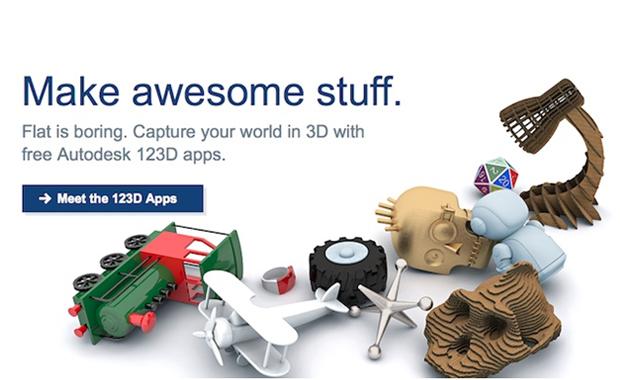How to Build a Website that Adds Value to Your Brand
Brands are powerful. When a business is successful in creating a brand, it almost works as if the power of inbound marketing is at play (even without the actual digital equivalent of the entire inbound marketing process).
Share
Brands are powerful. When a business is successful in creating a brand, it almost works as if the power of inbound marketing is at play (even without the actual digital equivalent of the entire inbound marketing process). Customers trust the brand enough to spend their hard-earned money on your products and services. They’d go out of their way to spread the word. Customers don’t think twice before buying products or services of particular brands ñ irrespective of the price ñ since they believe in what they will get in return. Brands have value embedded in them.
Brands, however, are not limited to large business groups and companies worth billions of dollars. Everyone should strive to create a brand and that includes individuals and small businesses. Since building your website is usually the first step towards the entire subset of work that goes into building your brand, here are ways to make your website work for you to add value to your brand:
Simplicity succeeds for a reason
Simplicity is almost always a part of success stories for a reason: it’s just the way we humans are. We might fancy something complicated but we won’t be happy with it. Simplicity has a way of easing up things. It has a way of getting things done. Simplicity is in everything from effective writing to some of the world’s best designs. Try anything complicated and you’d lower your chances of success.
Keep your web design simple. If you are a small business, all you’d need are a couple of pages about what you do and a blog. You’d not need a ton of pages with content bleeding through the edges. You certainly don’t need flash. You get the drift, don’t you?
Make the website for others, not for you
Let’s go back to life 101: no one cares about you; at least not as much as you think they do. Most businesses end up building websites to show off how large or successful they are. Their “About us” page extends into multiple scrolls and almost reads like an unfinished book. Their blog posts are almost always about the conferences they participated in, the weekend party they had, an employee’s birthday they celebrated, and the brand new features of their product.
While all of that is good, it’s just not that important. Focus on building and maintaining a website for your readers, visitors, or customers. Don’t make it about you, because your customers don’t care. It’s your customers who buy from you, so why build a website to satiate your craving for personal branding?
Invest in the “first impression” elements
Since all businesses start from scratch and have no brand to speak of, there’s no empirical evidence on how good your products or services are at this juncture. A few things, however, can still make customers trust you. These elements might seem mundane and insignificant, but they aren’t. Assuming you started with a catchy name to build your brand on, create a logo that is simple and yet captures the significance or meaning of what your brand stands for. Developing a logo like that requires investment but it is well worth the effort.
The colors you use for your website, the placement of buttons, the way text is aligned, the responsiveness of your website, and the graphics will all create those important first impressions that will be your only trump cards when you are just starting out or when you are in the initial stages of building your brand.
The copy talks: So, what does it say?
Brands help customers gain impressions of what your products and services solve their problems. While the logo, the graphics, and the overall look of the website does determine first impressions, your website copy helps solidify these first impressions.
When customers begin to read your web copy, dig your posts on your blog, and even notice nuances such as writing ìGo on. We know you want to read more… instead of just read more you know that your copy is working for you. It’s no coincidence that some of the greatest copywriting samples are the reason why some businesses still rock the boat.



